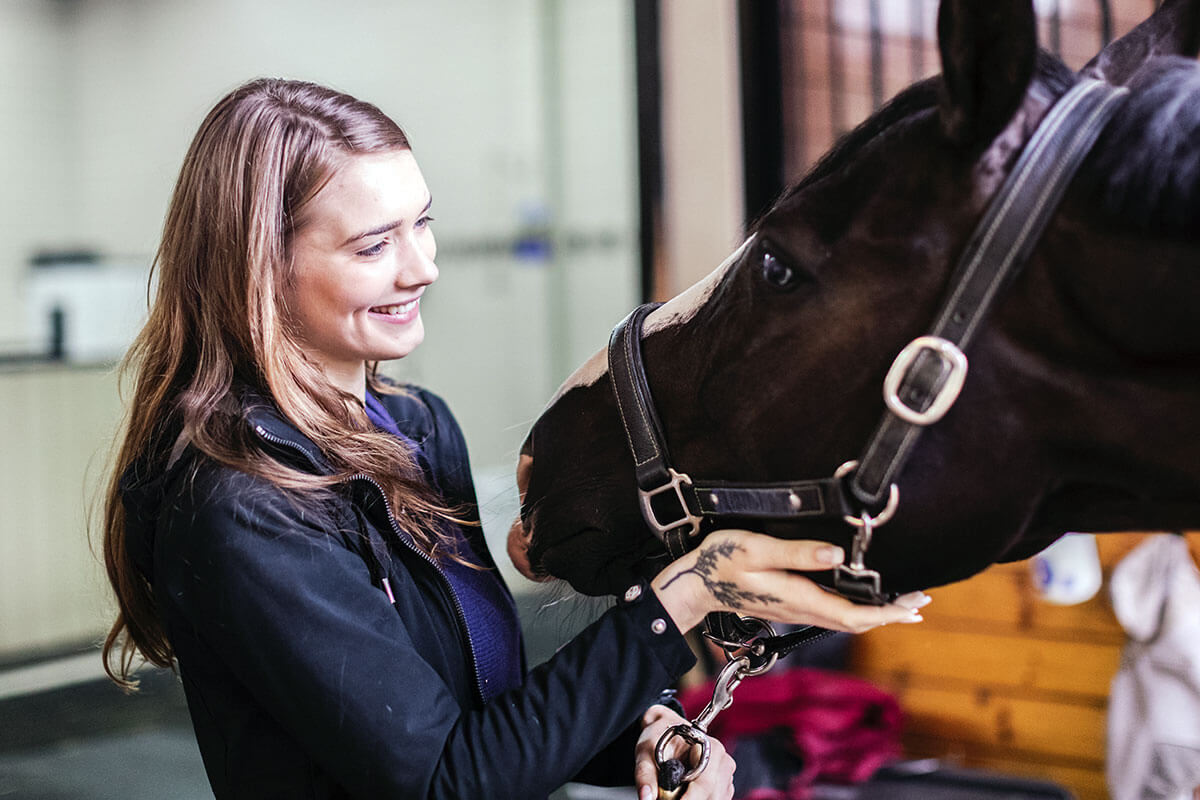Where does one begin to learn about farriery as a horse owner? Because of the sheer quantity of information available to us via the internet, it can be overwhelming for anyone to find answers to specific questions from reliable sources, let alone to start seeking when one doesn’t know the right questions to ask.
Not every skilled farrier can speak clearly and eloquently about their work, however, as educating others is a skill in itself that takes time to build. And because in-demand farriers may not have abundant time, they may respond better to specific questions, rather than a general request for clarity around a subject. To know how to ask the right questions, owners need to have a basic understanding of farriery for themselves.
For avid readers who want a deep dive, A Handbook Of Horseshoeing by Jno A. W. Dollar and Albert Wheatley is still the most complete standard that I can recommend. First published in 1898, it begins with am archeological history of farriery in Europe that is still largely complete, and fascinating in its own right. This proceeds into discussions of basic horse anatomy, to give one an understanding of how the “No hoof, no horse” adage really is true.
The later sections of the book cover shoeing in relation to the hoof, the use of pads, forging, and more. The concluding section of the book dives into corrective shoeing, diseases, lameness, and deformities. A Handbook Of Horseshoeing is a tome, but even if you don’t read it cover to cover, it is a great resource for owners to search subjects of interest using the table of contents and index. That’s why having a physical copy of a tested source like A Handbook is a great first step.
For owners and readers out there that learn more easily through visuals, there are a number of options that will get you started. The Horse Shoeing Book: A Pictorial Guide for Horse Owners and Students is one example. At only 128 pages and loaded with images, it cannot be compared to Dollar and Wheatley’s Handbook, but for those who are just looking for the basics of farriery, it’s an approachable start. And as much I laud Dollar and Wheatley’s work, I am realistic about how unapproachable that big black book will be to some folks.
This is the key, after all: How do we approach each other and our work to the benefit of the horse. It’s worth noting that farriers aren’t the only specialists responsible for helping to educate owners about their horses’ health and anatomy. Owners should be comfortable and curious enough to learn from other specialists, including vets and trainers.
Even among specialists, opinions and conclusions can vary when specific problems and needs for care arise. In the end, we each make our best case, but it is ultimately the owners who decide…even if it’s to say, “I trust your judgment.” The best farriers and vets will want to earn that trust, and it comes easier and more assuredly when the owners themselves know the basics. We all have more confidence in our work in these settings, and the ultimate priority in it all—the health and well being of the horse—is better attained.
On that note, rather than just providing a reading list, I want to offer the seeds for further exploration into all the many elements of hoof care, which must be considered together to determine a proper care plan. I offer these same considerations to other farriers, not just owners. Equine care is always collaborative, and there is always more to learn, even if one feels one has mastered a single part of it.
The goal is to learn enough to have competent conversations with specialists, whether they are farriers, trainers, vets, nutritionists, or any other member of the team. It’s about establishing better communication, so when problems arise, we know the right questions to ask, or even disagree with the conclusions that others have come to.
Farriers might sometimes encounter owners who know just enough to be presumptuous and make demands without really knowing better, and in these cases one can either walk away or work patiently with them to ensure that the horse’s needs are actually met. Whatever ideological differences may exist, and whether or not an owner has been sold on a cycle of ineffective treatments that they are reluctant to abandon simply because they feel invested in them, there is still a best case scenario for the horse that the farrier can help create.
For all these reasons, better education is needed across the board. For owners, the basics that will help them understand what a farrier does and should do. For farriers, a more comprehensive knowledge of care and the ability to share their specialized knowledge with others.
Here are some key subjects that owners should be researching for themselves to better understand farriery and their horses.
Conformation
Farriers should assess the conformation of the horse to identify possible weaknesses and strengths, doing so every time they trim and shoe to ensure that the care plan is moving the horse in positive direction and maintaining health. But of course, the most intense scrutiny should be on the hoof itself, each component structure, frog, bars, sole, wall, etc.
When looking at conformation of the hoof, there are number of qualities to be assessed and pushed toward an ideal. Hoof symmetry is not just aesthetic, but physiologically important for proper distribution of weight and impact. The quality and substance of the hoof indicates overall health and how well it can absorb impact, hold a shoe and (above all) protect the bones and ligaments of the foot. Proportions and angles of the hoof also play a role in overall appearance, but their importance in how the leg functions and absorbs stress cannot be overstated.
Naturally, all of this is considered when determining the proper trim. It is easy to presume that the hoof (by its physical nature) is nearly indestructible, but this is not the case. Further, the hoof is often compared to a human fingernail or toenail because of how it grows and its keratinous substance, but its function is entirely different. Aesthetic manicures do not completely alter our sense of balance and function. Trim styles that emphasize a daintier hoof necessarily affect the health of the horse, and can lead to lameness over time.
Discipline And Training
The overall discipline and training of the horse will, of course, play a part in decisions around conformation. The aesthetics of the hoof may be valued over stability in some cases, which can put farriers in odd positions if their priority is harm reduction and the health of the horse.
Making sure that you as an owner know that this delicate balance is in place is important, and knowing that your farrier has strategies to ensure the long-term health of the horse is critical. This applies to equine athletes in every discipline, as the hoof is placed under unique pressures and conditions from one to the next.
Facility And Environment
As an owner, really being aware of how the horse’s environment affects hoof condition and health is critical. Grass does not equal a perfect natural environment. Grassy areas can be softer or harder, wetter or drier, and all of these variables can contribute to different patterns of wear, and even to injury and disease if not properly dealt with. The farrier is the first line of treatment to prevent lameness and conditions like laminitis, using the proper shoes, pads, and (of course) trim to prevent the need for therapy and corrective shoeing down the line.
The Overall Assessment
Professional farriers have diverse protocols, techniques and tools to assess horses. Farriers should be keeping proper notation, and many professionals are supplementing their notes now with photographs and video. Because what should be clear by now is that the hoof (and the horse) are dynamic things, ever changing even when their outward condition is otherwise stable. They have their inner lives and unique relationships with everyone in charge of their care.
For their sake, it is important that every owner put in at least a little effort to understand the basics of farriery, so they too can have a better understanding of what the horse is experiencing. It not only makes one more confident when interacting with farriers. It also makes the relationship with the horse richer, as one begins to understand just how powerful and complex these creatures are from the hoof up.
For more information visit Noble Farriery.


